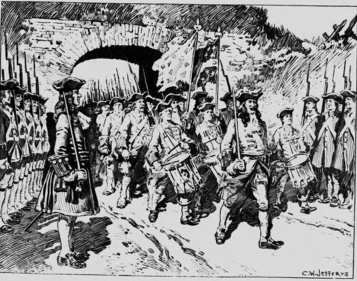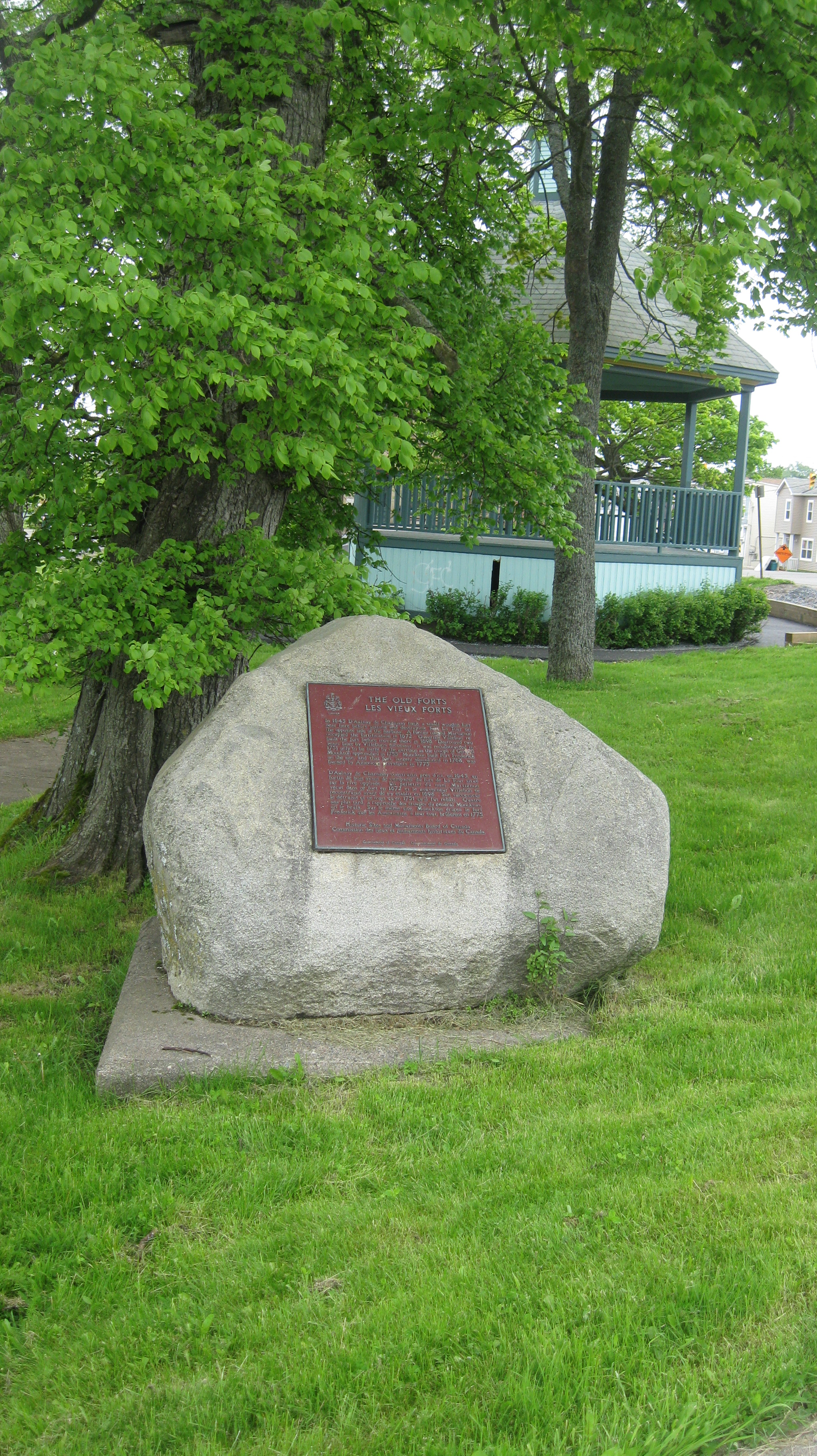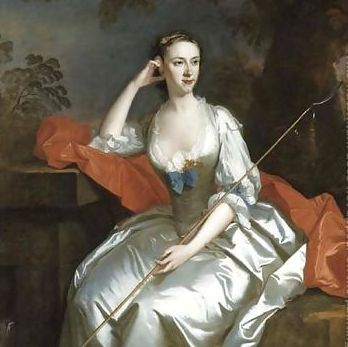|
Paul Laurent
Paul Laurent was a Chief of the La Have Mi’kmaq tribe. He was aligned with Father Le Loutre throughout Father Le Loutre’s War. The British killed his father when he was younger, which he tried to avenge by killing one of Jean-Baptiste Cope’s prisoners. Peace Proposal (1754) He also sought to support Le Loutre, John Hamilton, and Mi’kmaq attempts to have the British acknowledge their land claims early in 1755. When this initiative was rejected and Fort Beausejour fell, Laurent joined Father Manach and Charles Deschamps de Boishébert’s armed resistance against the British. Battle at St. Aspinquid's Chapel Tradition indicates that during the French and Indian War, Lahave Chief Paul Laurent and a party of eleven invited Shubenacadie Chief Jean-Baptiste Cope and five others to St. Aspinquid’s Chapel in present-day Point Pleasant Park to negotiate peace with the British. Chief Paul Laurent had just arrived in Halifax after surrendering to the British at Fort Cumberland o ... [...More Info...] [...Related Items...] OR: [Wikipedia] [Google] [Baidu] |
Father Le Loutre’s War
Father Le Loutre's War (1749–1755), also known as the Indian War, the Mi'kmaq War and the Anglo-Mi'kmaq War, took place between King George's War and the French and Indian War in Acadia and Nova Scotia. On one side of the conflict, the British and New England colonists were led by British officer Charles Lawrence and New England Ranger John Gorham. On the other side, Father Jean-Louis Le Loutre led the Mi'kmaq and the Acadia militia in guerrilla warfare against settlers and British forces. At the outbreak of the war there were an estimated 2500 Mi'kmaq and 12,000 Acadians in the region. While the British captured Port Royal in 1710 and were ceded peninsular Acadia in 1713, the Mi'kmaq and Acadians continued to contain the British in settlements at Port Royal and Canso. The rest of the colony was in the control of the Catholic Mi'kmaq and Acadians. About forty years later, the British made a concerted effort to settle Protestants in the region and to establish military ... [...More Info...] [...Related Items...] OR: [Wikipedia] [Google] [Baidu] |
Jean-Baptiste Cope
Jean Baptiste Cope (Kopit in Mi’kmaq meaning ‘beaver’) was also known as Major Cope, a title he was probably given from the French military, the highest rank given to Mi’kmaq. Cope was the sakamaw (chief) of the Mi'kmaq people of Shubenacadie, Nova Scotia ( Indian Brook 14, Nova Scotia/ Mi’kma'ki). He maintained close ties with the Acadians along the Bay of Fundy, speaking French and being Catholic. During Father Le Loutre’s War, Cope participated in both military efforts to resist the British and also efforts to create peace with the British. During the French and Indian War he was at Miramichi, New Brunswick, where he is presumed to have died during the war. Cope is perhaps best known for signing the Treaty of 1752 with the British, which was upheld in the Supreme Court of Canada in 1985 and is celebrated every year along with other treaties on Treaty Day (October 1). Father Rale's War Cope was born in Port Royal and the oldest child of six. During Father Ra ... [...More Info...] [...Related Items...] OR: [Wikipedia] [Google] [Baidu] |
John Hamilton (British Army Officer)
John, Johnny, or Jon Hamilton may refer to: Arts and entertainment * John R. Hamilton (architect) (), English architect *John McLure Hamilton (1853–1936), Anglo-American artist *John Hamilton (actor) (1887–1958), American actor * John F. Hamilton (1893–1967), American actor * John "Bugs" Hamilton (1911–1947), American trumpeter * John Hamilton (artist) (1919–1993), British army officer and artist * John R. Hamilton (photographer) (1923–1997), American photographer * John T. Hamilton (born 1963), American literary scholar and musician *Sterling Hayden (1916–1986), American actor who operated under the code name "John Hamilton" as an agent for the Office of Strategic Services in World War II Military *John Hamilton (Jacobite) (died 1691), Irish military officer in the Williamite War in Ireland * John Hamilton (Royal Navy officer) (1714–1755), British naval officer * John Hamilton (British Army officer) (1724–1802), British Army officer who served in North America ... [...More Info...] [...Related Items...] OR: [Wikipedia] [Google] [Baidu] |
Charles Deschamps De Boishébert Et De Raffetot
Charles Deschamps de Boishébert (also known as Courrier du Bois, Bois Hebert) was a member of the Compagnies Franches de la Marine and was a significant leader of the Acadian militia's resistance to the Expulsion of the Acadians. He settled and tried to protect Acadians refugees along the rivers of New Brunswick. At Beaubears National Park on Beaubears Island, New Brunswick he settled refugee Acadians during the Expulsion of the Acadians. King George's War Siege of Annapolis Royal From October until 3 November 1746, Boishebert took part in the unsuccessful Siege of Annapolis Royal, Nova Scotia (N.S.), the British administrative and military headquarters in Acadia. Battle at Port-la-Joye After the first Siege of Louisbourg in May–June 1745, a British force composed largely of New England irregulars proceeded to seize Île Saint-Jean (present day Prince Edward Island) and its capital Port-la-Joye, which had a French garrison consisting of about 15 soldiers and 100 ... [...More Info...] [...Related Items...] OR: [Wikipedia] [Google] [Baidu] |
French And Indian War
The French and Indian War (1754–1763) was a theater of the Seven Years' War, which pitted the North American colonies of the British Empire against those of the French, each side being supported by various Native American tribes. At the start of the war, the French colonies had a population of roughly 60,000 settlers, compared with 2 million in the British colonies. The outnumbered French particularly depended on their native allies. Two years into the French and Indian War, in 1756, Great Britain declared war on France, beginning the worldwide Seven Years' War. Many view the French and Indian War as being merely the American theater of this conflict; however, in the United States the French and Indian War is viewed as a singular conflict which was not associated with any European war. French Canadians call it the ('War of the Conquest').: 1756–1763 The British colonists were supported at various times by the Iroquois, Catawba, and Cherokee tribes, and the French ... [...More Info...] [...Related Items...] OR: [Wikipedia] [Google] [Baidu] |
Point Pleasant Park
Point Pleasant Park is a large, mainly forested municipal park at the southern tip of the Halifax peninsula. It once hosted several artillery batteries, and still contains the Prince of Wales Tower - the oldest Martello tower in North America (1796). The park is a popular recreational spot for Haligonians, as it hosts forest walks and affords views across the harbour and out toward the Atlantic. Plays are performed in the park every summer by a professional theatre company called Shakespeare by the Sea. The performances take place at Cambridge Battery, and include both Shakespearean productions and original musicals based on classic fairy tales for audiences of all ages. The company also operates the 80-seat Park Place Theatre in the lower parking lot of the park, which is used as a rain venue during the summer, and for fall/winter indoor productions. Point Pleasant Park is owned by the British government under the administration of the Minister of the Department of Canadian ... [...More Info...] [...Related Items...] OR: [Wikipedia] [Google] [Baidu] |
Siege Of Louisbourg (1758)
The siege of Louisbourg was a pivotal operation of the Seven Years' War (known in the United States as the French and Indian War) in 1758 that ended the French colonial era in Atlantic Canada and led to the subsequent British campaign to capture Quebec in 1759 and the remainder of French North America the following year. Background The British government realized that with the Fortress of Louisbourg under French control, the Royal Navy could not sail up the St. Lawrence River unmolested for an attack on Quebec. After an expedition against Louisbourg in 1757 led by Lord Loudon was turned back due to a strong French naval deployment, the British under the leadership of William Pitt resolved to try again with new commanders. Pitt assigned the task of capturing the fortress to Major General Jeffery Amherst. Amherst's brigadiers were Charles Lawrence, James Wolfe and Edward Whitmore, and command of naval operations was assigned to Admiral Edward Boscawen. The chief engineer w ... [...More Info...] [...Related Items...] OR: [Wikipedia] [Google] [Baidu] |
Chevalier De Johnstone
James Johnstone (1719 – c. 1791), also known as Chevalier de Johnstone or Johnstone de Moffatt, was the son of an Edinburgh merchant. He escaped to France after participating in the 1745 Rising; in 1750, he was commissioned in the colonial army and served in French North America. His military career was undistinguished and he remained a Lieutenant after ten years of service. Following the loss of Quebec in 1760, he returned to France and left the army. There are few details on his later life and he is thought to have died sometime after 1791. He is best remembered for his ''Memoirs of the rebellion in 1745 and 1746'', first published in 1820. Life James Johnstone was born 25 July 1719, only son of Jeremy Boone Johnstone, an Edinburgh merchant; his mother was a distant relative of Lady Jane (or Jean) Douglas (ca 1698-1753), later the centre of a famous inheritance case known as the Douglas Cause. He had two sisters; the elder, Cecilia (ca 1715-1746), married John Rollo (17 ... [...More Info...] [...Related Items...] OR: [Wikipedia] [Google] [Baidu] |
Daniel N
Daniel is a masculine given name and a surname of Hebrew origin. It means "God is my judge"Hanks, Hardcastle and Hodges, ''Oxford Dictionary of First Names'', Oxford University Press, 2nd edition, , p. 68. (cf. Gabriel—"God is my strength"), and derives from two early biblical figures, primary among them Daniel from the Book of Daniel. It is a common given name for males, and is also used as a surname. It is also the basis for various derived given names and surnames. Background The name evolved into over 100 different spellings in countries around the world. Nicknames (Dan, Danny) are common in both English and Hebrew; "Dan" may also be a complete given name rather than a nickname. The name "Daniil" (Даниил) is common in Russia. Feminine versions (Danielle, Danièle, Daniela, Daniella, Dani, Danitza) are prevalent as well. It has been particularly well-used in Ireland. The Dutch names "Daan" and "Daniël" are also variations of Daniel. A related surname developed ... [...More Info...] [...Related Items...] OR: [Wikipedia] [Google] [Baidu] |
Mi'kmaq Militia
The military history of the Mi'kmaq consisted primarily of Mi'kmaq warriors (''smáknisk'') who participated in wars against the English (the British after 1707) independently as well as in coordination with the Acadian militia and French royal forces. The Mi'kmaq militias remained an effective force for over 75 years before the Halifax Treaties were signed (1760–1761). In the nineteenth century, the Mi'kmaq "boasted" that, in their contest with the British, the Mi'kmaq "killed more men than they lost". In 1753, Charles Morris stated that the Mi'kmaq have the advantage of "no settlement or place of abode, but wandering from place to place in unknown and, therefore, inaccessible woods, is so great that it has hitherto rendered all attempts to surprise them ineffectual". Leadership on both sides of the conflict employed standard colonial warfare, which included scalping non-combatants (e.g., families). After some engagements against the British during the American Revolutionary ... [...More Info...] [...Related Items...] OR: [Wikipedia] [Google] [Baidu] |
Acadian Militia
The military history of the Acadians consisted primarily of militias made up of Acadian settlers who participated in wars against the English (the British after 1707) in coordination with the Wabanaki Confederacy (particularly the Mi'kmaw militias) and French royal forces. A number of Acadians provided military intelligence, sanctuary, and logistical support to the various resistance movements against British rule in Acadia, while other Acadians remained neutral in the contest between the Franco–Wabanaki Confederacy forces and the British. The Acadian militias managed to maintain an effective resistance movement for more than 75 years and through six wars before their eventual demise. According to Acadian historian Maurice Basque, the story of Evangeline continues to influence historic accounts of the expulsion, emphasising Acadians who remained neutral and de-emphasising those who joined resistance movements. While Acadian militias were briefly active during the American Rev ... [...More Info...] [...Related Items...] OR: [Wikipedia] [Google] [Baidu] |
Military History Of The Mi’kmaq People
A military, also known collectively as armed forces, is a heavily armed, highly organized force primarily intended for warfare. It is typically authorized and maintained by a sovereign state, with its members identifiable by their distinct military uniform. It may consist of one or more military branches such as an army, navy, air force, space force, marines, or coast guard. The main task of the military is usually defined as defence of the state and its interests against external armed threats. In broad usage, the terms ''armed forces'' and ''military'' are often treated as synonymous, although in technical usage a distinction is sometimes made in which a country's armed forces may include both its military and other paramilitary forces. There are various forms of irregular military forces, not belonging to a recognized state; though they share many attributes with regular military forces, they are less often referred to as simply ''military''. A nation's military may ... [...More Info...] [...Related Items...] OR: [Wikipedia] [Google] [Baidu] |








